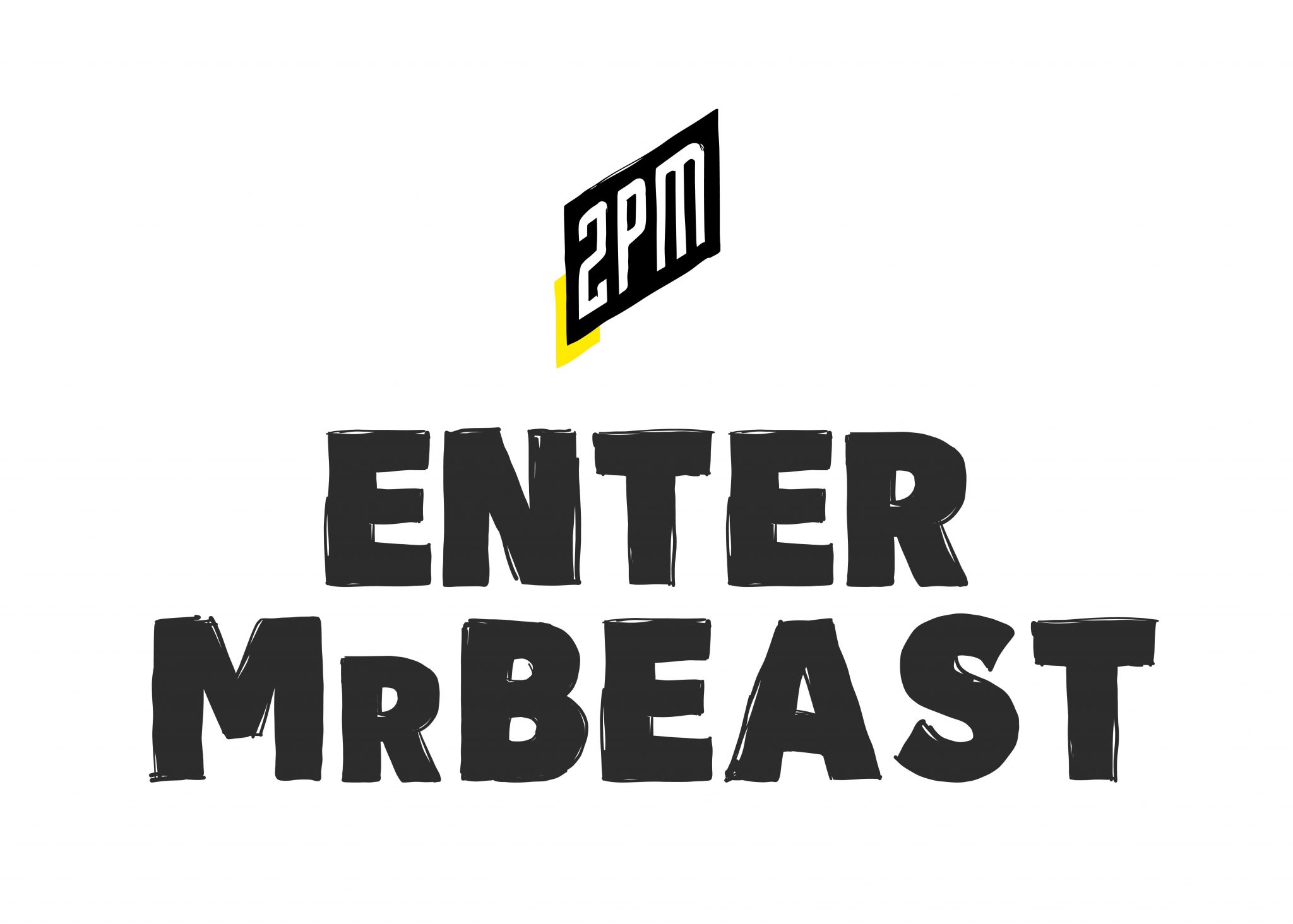Every industry is overdue for a digital-first reset. Even casual restaurants are beginning to adjust to a brave new world, accelerated like many other categories by the pandemic.
By and large, foot traffic slowed at shopping malls. Retailers and department stores earned the majority of the media’s attention, but in the process, tens of millions of square feet in commercial kitchens and dining rooms were going to waste. The wage workers who ran them suffered from job losses. Restaurants were sinking into bankruptcy by the dozen. Over the last year, new concepts began to take shape based on proven experiments. To better understand those experiments, I spoke with one of the foremost experts.
When Kat Cole calls to discuss the inner workings of food service, you answer the phone. There aren’t many executives with more knowledge or experience than her. Cole is stepping down after 10 years of success and innovation as President and COO at Focus Brands, the parent company to a number of mall dining fixtures that you’ve likely walked past thousands of times on shopping trips. Leading a company with billions in annual sales, Cole understands the power of placement and foot traffic. While customers aren’t walking past quite as often as they did before the pandemic, she was still incredibly optimistic about the prospects of her industry. Concepts like Nextbite and Virtual Dining Concepts (VDC) have revolutionized the casual dining industry. But the business isn’t new.
As early as 2016, UberEats tested virtual kitchens as a strategy to drive revenue for restaurants with excess production capacity. Today, there are over 5,000 virtual brands on UberEats across the country. Early on, in a partnership with a well-known casual wing chain, Uber tested a virtual brand concept within the Eats app to improve sales by rebranding their wings to reach a wider audience. It worked. When eCommerce met human resources and excess production capacity, a new vertical in dining was born. Today, this industry, also populated by GrubHub, DoorDash, and Postmates (which Uber recently acquired) is in the midst of another evolution.
A recent article on Today.com began with:
Ghost kitchen, dark kitchen, virtual kitchen, cloud kitchen, whatever you call them, they’re popping up everywhere, with estimates placing the number at 1,500 in the United States. [1]
Virtual kitchens and ghost, dark, or cloud kitchens are not all interchangeable. A “ghost” establishment, in this context, is essentially a commissary kitchen or a facility where restaurants produce food for distribution to their satellite locations. Former Uber CEO Travis Kalanick acquires real estate and converts them into food production facilities through his company CloudKitchens. Platforms like DoorDash, UberEats, and Postmates then markets the many brands that are built atop of the physical infrastructure. CloudKitchens recently raised $400 million from Goldman Sachs and the Saudi Arabia wealth fund to finance these real estate acquisitions.
Companies like Robert Earl’s Virtual Dining Concepts partners with existing restaurants to monetize excess capacity. And like many restaurants that rely on foot traffic at mall complexes, there is quite a bit of it. Earl isn’t just the owner of VDC. He has stakes in casual dining chains like Buca Di Beppo, Mixology, and Planet Hollywood. In June of 2020, Earl’s latest acquisition turned heads. The ownership group of Bravo and Brio filed for bankruptcy just three months earlier due to a COVID-related hit to its already flailing business. Earl seemed to have another vision for them.
Earl Enterprises, the parent company of Buca di Beppo, Earl of Sandwich and Planet Hollywood, has confirmed the purchase of Bravo Cucina Italian and Brio Tuscan Grille restaurants in a deal that will bring back 4,000 employees left in “limbo” since FoodFirst filed for bankruptcy, Robert Earl, chairman of Earl Enterprises, said Thursday. [2]
Earl acquired capacity in much the same way that Kalanick’s CloudKitchens acquired real estate to build functional facilities. But in Earl’s hybrid format, he can accomplish both dining formats. Virtual Dining Concepts is driving high-margin business to this suite of causal restaurants. If they survive the pandemic, they will be able to service traditional and online customers at once. This isn’t unlike any other restaurant that delivers. What organizations like Nextbite and VDC are building adds a significant layer atop of the Olo-driven last-mile delivery network.
Companies like Olo provide the interface between restaurants, their ordering systems and the on-demand ecosystem. With excess capacity at casual dining and a need for new demand, celebrity-driven virtual dining has emerged as a new prospect for a suffering industry. It just might work.
Within the next year, Virtual Dining Concepts, a subsidiary of Earl Enterprises has a goal of reaching 20 celebrity and 20 consumer brands in its delivery portfolio. The pandemic, combined with targeted social media advertising and the omnipresence of delivery platforms have brewed the perfect storm to fill a massive supply of kitchen capacity with these new concepts. [3]
The economics favor restaurant ownership groups that can typically earn nearly 60% of the gross margin of each sale. The celebrity that generates interest for the sale can earn as much as 25% for a sale that that they had little to do with. It’s a brilliant system. And thanks to a recent partnership with a YouTube creator, it’s about to become a popular option for ailing foodservice retailers.
Linear Commerce: Enter MrBeast
I downloaded the app (currently No. 1 in the app store), manually inputted my address and billing information and then waited for the branded sandwich. Constructed within the kitchen of one of Robert Earl’s Bravo restaurants, the “I launched 300 burger restaurants nationwide” promise was met with operational efficiency. When I ordered the Beast Style burger, I was surprised that it arrived with 15 minutes of purchase. I photographed it and laughed at the fact that Jimmy “MrBeast” Donaldson was going to successfully store hundreds of thousands of new credit card numbers thanks to this promotion, including my own. And then I walked upstairs to hand it off to my teenage daughter.
Oh my god, Dad. How did you get this? I love MrBeast. Oh my god.
At 13 years old, she’s adept at understanding the world of creators and their collective impact on culture, commerce, and trends. But even I was surprised that she was excited for a burger that she wouldn’t have otherwise eaten without the branding.
Jimmy Donaldson has quite the story. In a 2019 interview with Casey Neistat, the two creators discuss his improbable rise from obscurity to nearly 50 million Youtube subscribers. The 22-year-old owns an audience larger than most multinational media companies.
Donaldson represents a new class of creator with the power to move entire retail markets. In a recent conversation with DTC titan Nik Sharma, he mentioned an eye opening figure.
Was just looking at 2PM DTC Power List and as I was looking through, I wondered if you’d ever put creator brands that crush it. I think definitely Danny Duncan’s brand. I mean he’ll do nine figures in revenue with $0 ad spend.
For the vast majority of direct-to-consumer retail, achieving a $100 million revenue mark is highly improbable. Doing so without advertising is impossible. For the top 1% of creators, commerce is just a natural progression. They will earn far more in retail sales than through advertising.
No Title
Here’s how much the biggest YouTube stars earned this year:1. Ryan Kaji: $29.5M2. MrBeast: $24M3. Dude Perfect: $23M4. Rhett and Link: $20M5. Markiplier: $19.5M6. Preston Arsement: $19M7. Nastya: $18.5M8. Blippi: $17M9. David Dobrik: $15.5M10. Jeffree Star: $15M
Ryan Kaji, the 9-year-old toy reviewer, has an omnichannel toy empire worth over $500 million by some estimation. What began as a trend of marketing merchandise has evolved as other industries have adopted eCommerce strategies. The digital layer provided by VDC, Olo, Nextbite, and others has provided new opportunity for this class of creators.
Before year’s end, you’ll see Marques Brownies and Dobrik’s Dumplings. And while the creators will certainly line their pockets, Robert Earl’s foresight into this marketing strategy is due to revolutionize an industry crippled by the lack of foot traffic that leaders like Kat Cole once relied upon to fuel growth in the industry.
MrBeast wasn’t the first creator to put his mark on a fast casual product. But this partnership will be the most transformative for an industry in need.
When this partnership was announced, it was common to see skepticism from commerce industry veterans and advertising executives. One chimed in: “I can’t figure out what’s even really that interesting about it, but I’m new to Mr. Beast.” Another added: “I still don’t see the connection to helping restaurants and charity?” But what’s truer than ever is that commerce follows audience. And the physics of building brands the traditional way is erased by the new mechanisms of linear commerce at scale. For a creator who spends a great deal of his time performing acts of charity, there seems to be more scale on the way, and not just for a struggling restaurant industry, but for the 50 million subscribers who’ve cheered him as he’s turned sponsorships and personal earnings into viral giveaways.
Wherever 50 million fans go, industries will be disrupted. Sometimes for the better.
By Web Smith | Editor: Hilary Milnes | Art: Alex Remy | About 2PM

